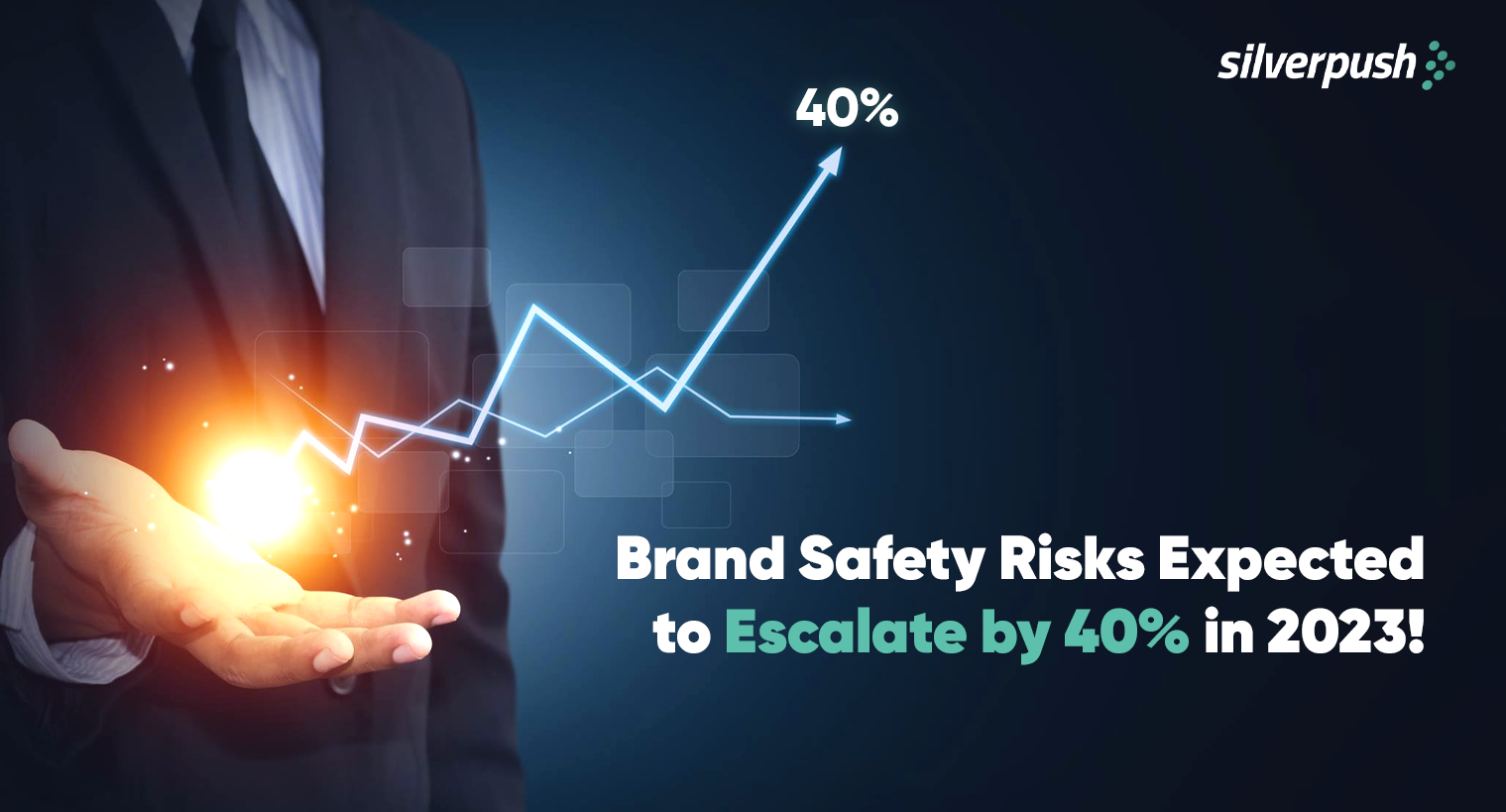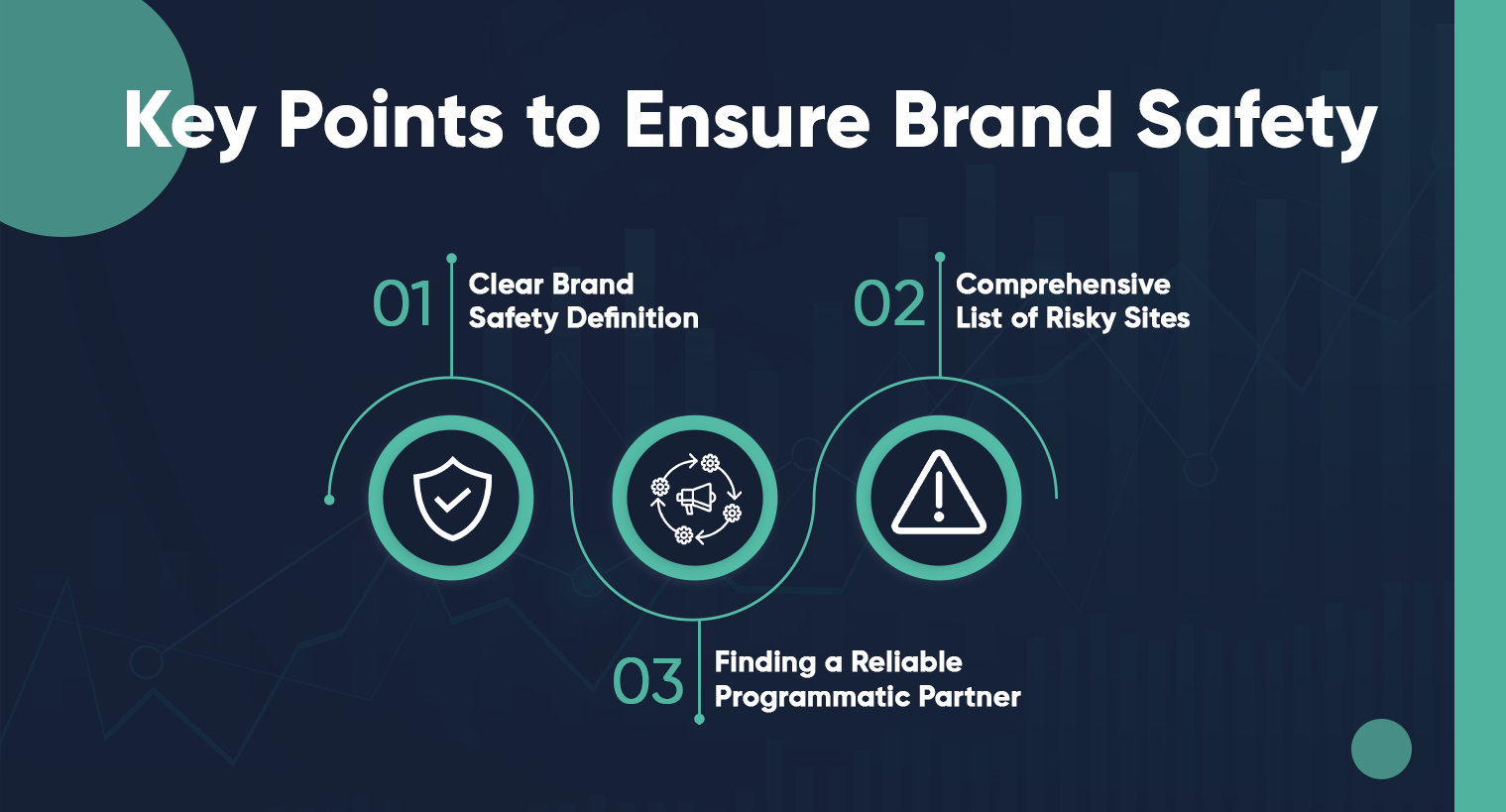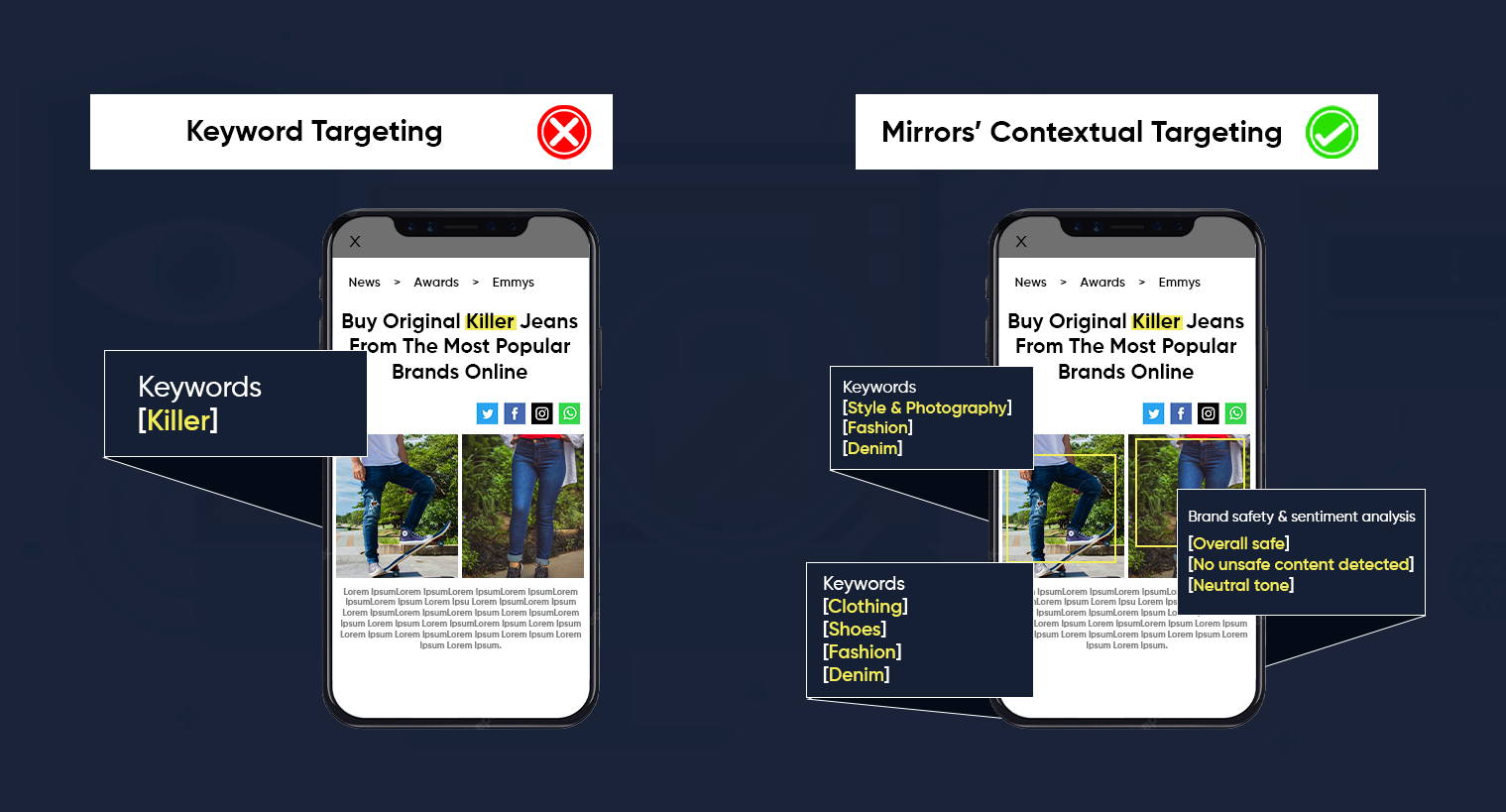Study Reveals 40% of Marketers Anticipate Rise in Brand Safety Concerns | 20 Feb, 2023

Mediaocean, a major multi-channel advertising platform, has recently published its 2022 Market Report and 2023 Forecast report, which highlights the ongoing worries about the safety and appropriateness of media environments.
According to the report, more than half of those surveyed anticipate their brand safety concerns to remain the same in the coming year, while almost 40% expect these worries to rise in 2023. Only a small percentage of respondents expect these concerns to diminish.
Brands have become increasingly worried about brand safety, with 75% of them experiencing a brand safety incident within the last year.
As the concerns about brand safety continue to rise, it raises the question of how brands can address these concerns and ensure brand safety and suitability on platforms such as YouTube, social media, and the Open Web. Let’s find out!
What are the Key Considerations to Ensure Brand Safety?
It is a fundamental aspect of human behavior to make judgments about people based on their company, and the same applies to brands and products. Whether intentionally or subconsciously, consumers evaluate brands based on the content that they associate with. Therefore, brands must safeguard their online image by utilizing sophisticated hyper-contextual targeting solutions.

Here are four essential factors that brands should consider to safeguard their image:
1. Develop a Clear Definition of “Brand Safety”
To implement brand-safe advertising, it is crucial to establish a set of guidelines and parameters that everyone within the organization can agree on. It is important to craft a clear definition of what constitutes brand-safe content and what is considered risky or unsafe. Examining industry-standard definitions of brand safety can serve as a good starting point.
2. Create a Comprehensive Blocklist of Sites
A blocklist is a list of websites or content that you do not want your ads to be displayed alongside. It is also referred to as a negative targeting, exclusion list, or blacklist. Maintaining an updated document of blocklisted sites is essential to exclude any undesirable topic, content, or website that may be detrimental to your brand’s image. By doing so, you can ensure that your ads are only displayed on sites that align with your brand’s values and messaging.
3. Choose a Programmatic Partner that Prioritizes Brand Safety
Selecting the right programmatic partner is crucial to ensuring that your brand remains safe online. At Silverpush, our AI-powered contextual solutions are specifically designed to address brands’ concerns about online advertising without sacrificing reach.

How does our brand safety strategy work?
Mirrors’ deeply trained proprietary AI models identifies custom-defined unsafe contexts in content to contextually filter content. These placements are classified into many levels of content, including smoking, adult, violence, wrecks, arms, terrorism, and others.
4. Monitor your Campaigns Closely
Digital advertising allows you to track your results in real time, enabling you to identify and address any brand safety concerns promptly. Keep a close eye on your campaigns to identify any potential bot traffic or fraudulent activity. If you spot any issues, make necessary adjustments to your campaign settings to safeguard your brand’s reputation. Monitoring your campaigns is crucial to ensuring that your ads are appearing in safe and suitable environments, which is essential to maintaining a positive brand image.
Why is Brand Safety Important in Advertising?
Brand safety in advertising is critical to maintaining a positive brand image and protecting brand equity. In a recent survey, 90% of consumers stated that they believe brands are responsible for ensuring that their ads appear alongside safe content.
Consumers view the content their favorite brands appear alongside as an implied endorsement of that content. Negative associations can damage a brand’s reputation and have long-term effects on its equity. Therefore, brands need to prioritize brand safety in advertising to ensure that their ads are only displayed in suitable environments that align with their values and messaging.
Here are a few pointers on why brand safety is important in advertising:
1. Establishing a Positive Brand Reputation
Maintaining a good brand reputation is essential for the success and long-term viability of a business. Consumers are more likely to interact with a brand when its ads appear next to legitimate and appropriate content. A study found that 61% of users believe that both the brand and the hosting platform share equal responsibility for keeping content safe. Failure to prioritize brand safety can result in consumers losing trust in the brand and stopping its use.
2. Making a Strong First Impression
For new or smaller brands, a single incident of their ads appearing next to fake news or offensive content can significantly damage their reputation and credibility. Even established brands may suffer losses in ad revenue and potential negative associations when their ads appear next to inappropriate content. Therefore, brands must prioritize brand safety in their advertising efforts and take proactive measures to ensure that their ads only appear next to suitable and reputable content.
Safeguard your Brand Image with Silverpush’s Hyper Contextual Solutions
In today’s digital landscape, brand safety is crucial for maintaining a positive brand image and avoiding potential reputational damage. Silverpush, one of the leading tech companies understands the importance of safeguarding your brand and has developed advanced contextual advertising solutions to help ensure brand safety and drive maximum ROI.
Our AI-powered Mirrors identifies key contexts and filter custom-defined unsafe contexts in streaming video, allowing us to classify videos into different levels of content safety. We also use text and sentiment analysis, engagement metrics, and organic influence to ensure brand suitability.
Partnering with a programmatic partner like Silverpush that prioritizes brand safety can help you maintain your brand’s reputation and build trust with your audience. Contact us today to learn more about how we can help you protect your brand image and achieve your business goals.

BLOGS
Why Granular Insights Are Critical for Ad Campaign Optimization
When your ad campaign ends and the dashboard lights up with a “great” VTR or a CTR that’s above average, you celebrate, right? But then comes the pause. What actually made it work? Was it the creative? The audience? The time of day? The context of the video? Most platforms ...

BLOGS
YouTube CTV Advertising: Bigger Screens, Bigger Impact
YouTube has always been a powerhouse for brands looking to connect with audiences. With over 2 billion monthly active users, it’s a platform that reaches people everywhere, on their phones, tablets, and laptops. However, the way people watch YouTube today is very different from how it used to be in the ...

BLOGS
Silverpush Unveils Pre-Bid Brand Safety and Contextual CTV Segments
The CTV ad market is booming: global CTV ad spending is estimated to reach $30 billion this year and more than 80% of US households are using CTV devices. The biggest channel for CTV streaming is YouTube, followed by Netflix and Hulu. Completion rates for ads are high and an ...







